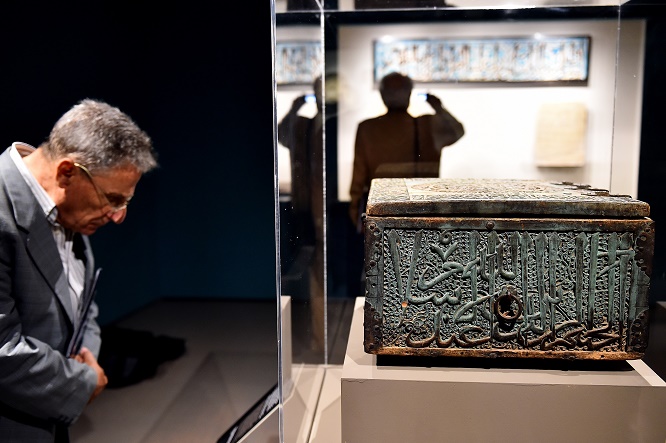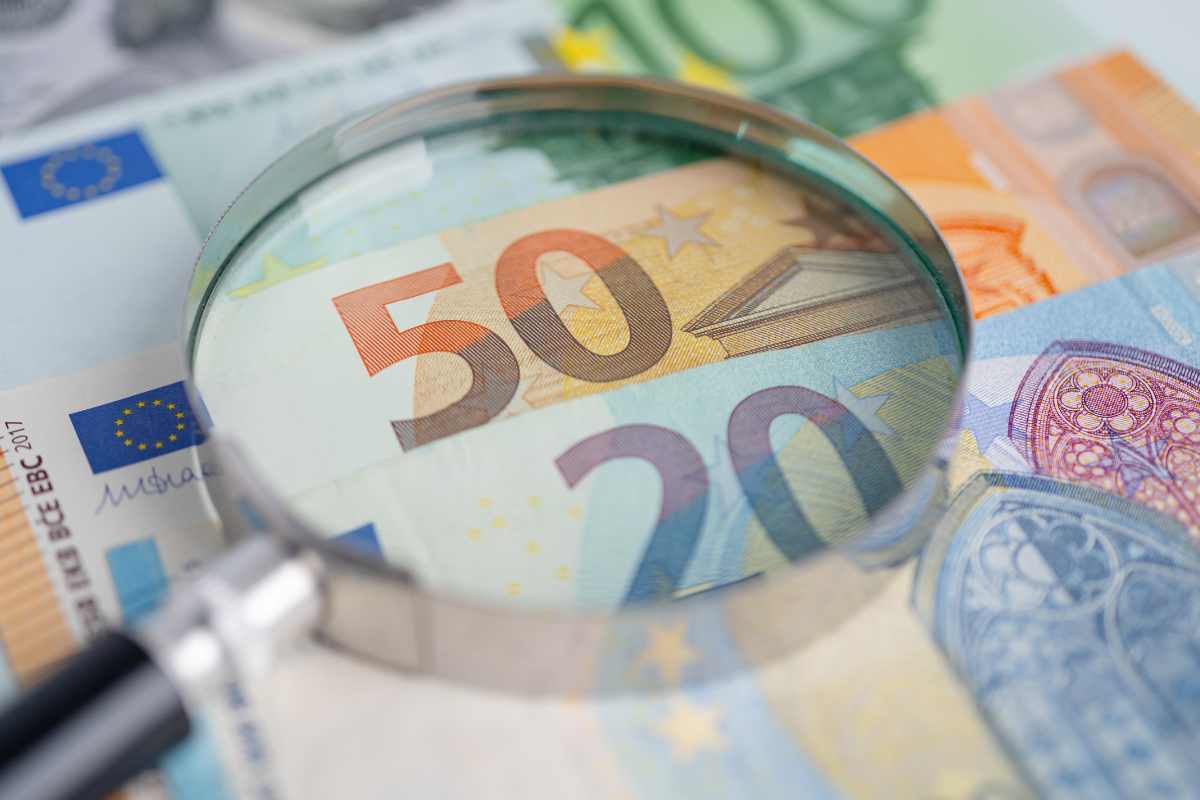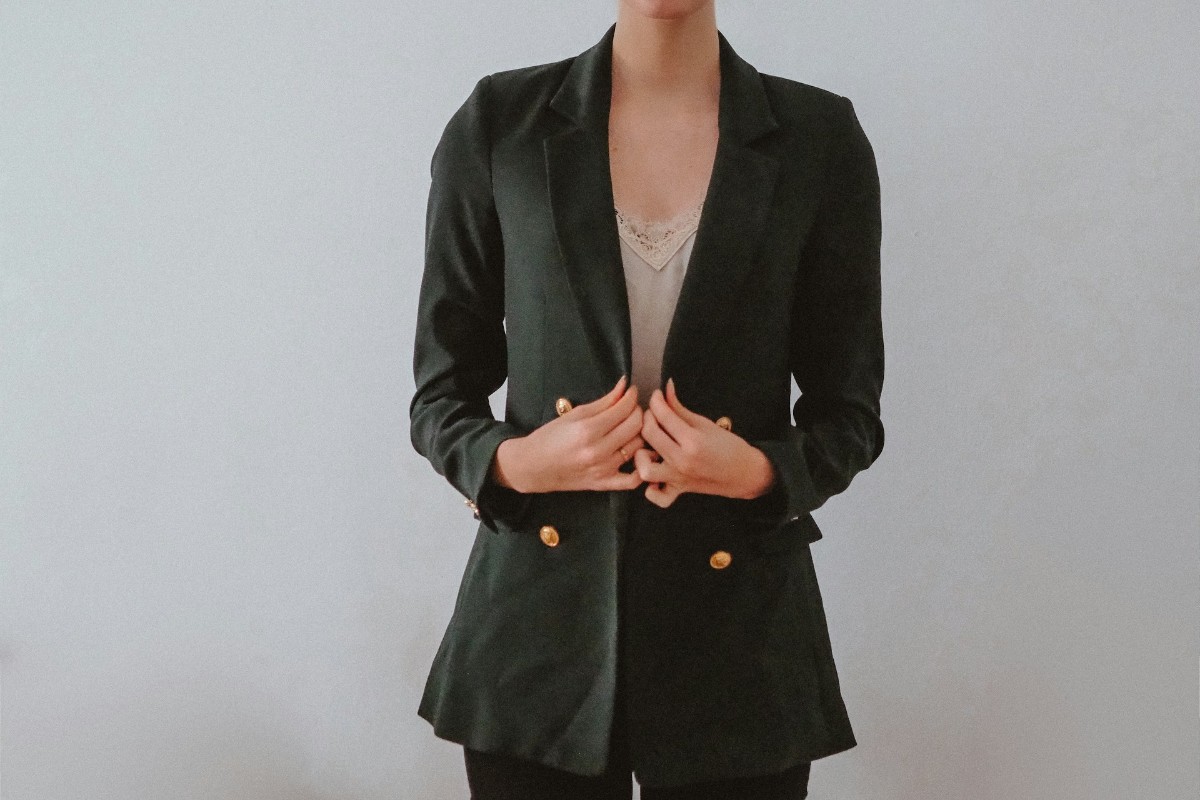C’è tempo fino al 20 settembre per ammirare le opere della collezione al-Sabah, una delle raccolte medio orientali più complete e prestigiose al mondo.
La mostra, allestita presso le Scuderie del Quirinale, è composta da oltre 300 pezzi e 1400 anni di storia, in un percorso non soltanto artistico, ma anche storico e culturale.
La collezione appartiene a Sheikh Nasser Sabah al-Ahmad al-Sabah e Sheikha Hussah Sabah al-Salim al-Sabah, che da oltre 40 anni raccolgono opere d’arte islamiche e del Medio Oriente pre-islamico. Ovviamente si tratta di una minima parte, visto che l’intera collezione è stimabile in circa 35 mila oggetti, è certamente una delle più importanti al mondo, non solo per ampiezza, ma anche per qualità e originalità delle opere.
Il percorso della mostra si articola in due parti, una cronologica, necessaria per comprendere le fasi dello sviluppo della civiltà islamica;. l’altra tematica, dove si snodano i temi e modi artistici centrali delle esperienze artistiche islamiche: la calligrafia, le geometrie che si ripetono, i motivi floreali. Infine, ampio spazio all’oreficeria.

 A carved wooden box for a thirty-volume manuscript of the Qur'an is displayed during the exhibition "Art of the Islamic Civilisation. The al-Sabah Collection" at the Scuderie del Quirinale museum in Rome on July 24, 2015. Kuwait's Sheikh Nasser Sabah al-Ahmad al-Sabah and his wife, Sheikha Hussah Sabah al-Salim al-Sabah have been collecting works of Islamic art and of the art of the Middle East before Islam for forty years, and their collection, comprising some 35,000 items, is unquestionably one of the most important in the world not only in terms of its size but also in terms of the quality and originality of the works of art it contains. The exhibition will open July 25 to September 20, 2015. AFP PHOTO / GABRIEL BOUYS - RESTRICTED TO EDITORIAL USE - TO ILLUSTRATE THE EVENT AS SPECIFIED IN THE CAPTION (Photo credit should read GABRIEL BOUYS/AFP/Getty Images)
A carved wooden box for a thirty-volume manuscript of the Qur'an is displayed during the exhibition "Art of the Islamic Civilisation. The al-Sabah Collection" at the Scuderie del Quirinale museum in Rome on July 24, 2015. Kuwait's Sheikh Nasser Sabah al-Ahmad al-Sabah and his wife, Sheikha Hussah Sabah al-Salim al-Sabah have been collecting works of Islamic art and of the art of the Middle East before Islam for forty years, and their collection, comprising some 35,000 items, is unquestionably one of the most important in the world not only in terms of its size but also in terms of the quality and originality of the works of art it contains. The exhibition will open July 25 to September 20, 2015. AFP PHOTO / GABRIEL BOUYS - RESTRICTED TO EDITORIAL USE - TO ILLUSTRATE THE EVENT AS SPECIFIED IN THE CAPTION (Photo credit should read GABRIEL BOUYS/AFP/Getty Images)









